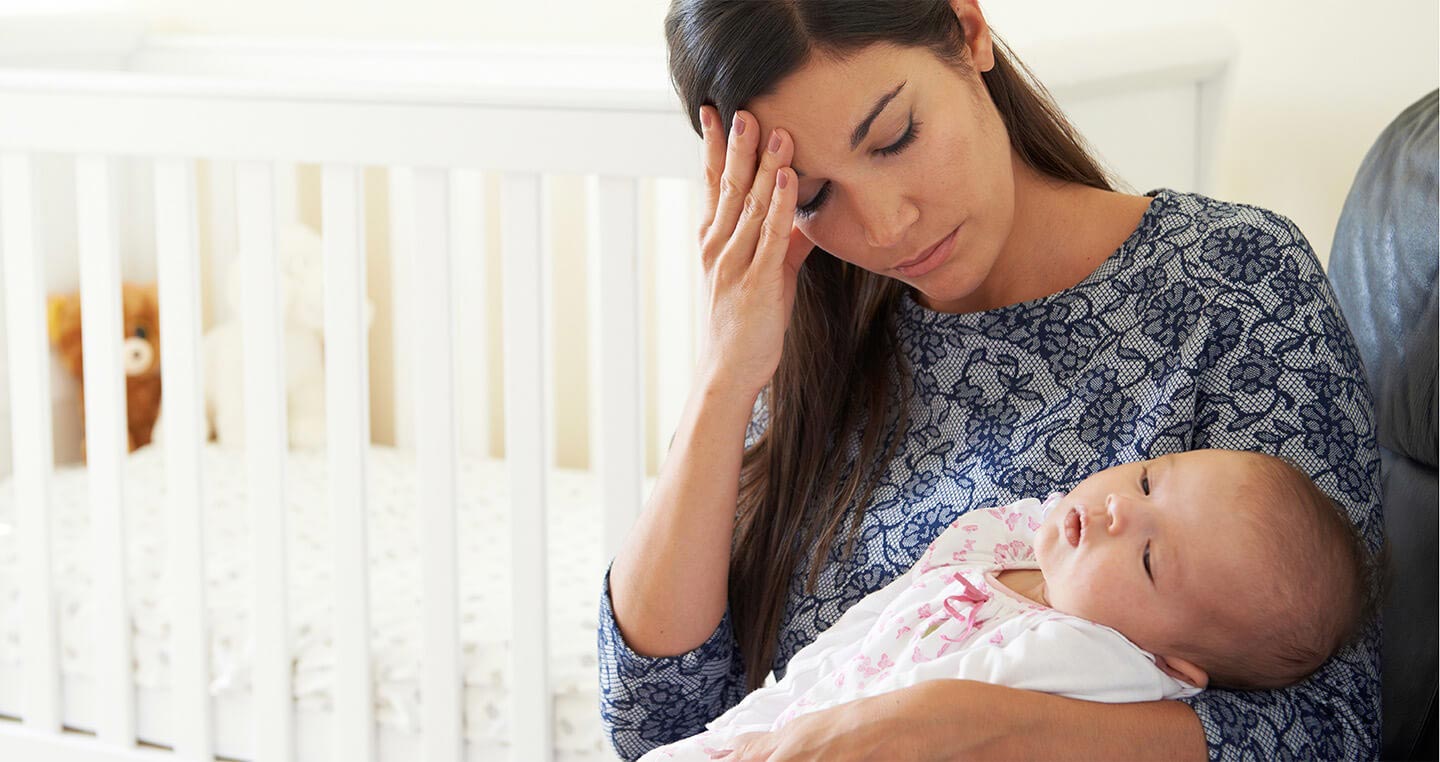Impact of Mother’s Depressive Symptoms Just Before and After Childbirth Upon Child’s Brain Development
Impact of Mother’s Depressive Symptoms Just Before and After Childbirth Upon Child’s Brain Development

Past research has established a clear connection between maternal depression and risk of adverse outcomes in newborns, for instance a higher risk of the child having low birthweight. Over the longer term, maternal depression has also been associated with various impacts on a child’s cognition, emotions, and behavior, with findings varying among studies.
One thing that has remained unclear is the timing: whether a mother’s depression at particular times or over specific intervals, relative to childbirth, makes a difference, and if so, how. Does depression prior to pregnancy have any impact? During pregnancy, when does maternal depression have its greatest impact? How does depression following childbirth affect the child?
A new study adds to our understanding of such questions, focusing specifically on the impact of maternal depressive symptoms upon the development of the child’s brain.
The study, led by researchers from Erasmus University Medical Center in The Netherlands, and including three BBRF grantees, suggests that there is a sensitive period—the perinatal period, covering the months immediately before and after childbirth—in which maternal depressive symptoms are most likely to affect brain development.
Specifically, a relationship was discovered between perinatal maternal depression (i.e., the prenatal period through the 2nd month after childbirth) and the volume of the brain’s grey matter in the child, measured at age 10. This “critical period” is also one in which the team found that a mother’s depression is most likely to perturb white matter characteristics (called microstructure) in the child’s brain. Grey matter consists largely of cell bodies; white matter refers to material that connects nerve cells.
These brain differences were not seen in children of mothers who were not depressed during the perinatal period but who became depressed later on.
The investigators, led by Henning Tiemeier, M.D., Ph.D., studied 3,469 mother-child pairings derived from a population-based study in the Netherlands. The data provided information about mothers’ depressive symptoms, if any, over a time span that reached from pregnancy to 10 years after their child’s birth. Information was captured sequentially using validated self-reports—about maternal depressive symptoms at an average of 20 weeks of pregnancy, 2 months after childbirth and when the child reached 3 and 10 years of age. At age 10, children in the study had MRI brain scans accompanied by a questionnaire-based evaluation of emotional and behavior problems.
“The finding that maternal depressive symptoms at child age 2 months were associated with brain development in childhood is very interesting,” the team writes. This, they say, “is because much of postnatal brain development is dependent upon the child’s experience. Previous studies have suggested the postpartum months as a critical period for behavioral outcomes in children. Our results suggest this is also true for brain development.”
Tonya White, M.D., Ph.D., a 2006 and 2002 BBRF Young Investigator, Manon Hillegers, M.D., Ph.D., a 2013 BBRF Independent Investigator, and Hanan El Marroun, Ph.D., a 2019 BBRF Young Investigator, were among the members of the study team.
While the study did not seek to study the mechanisms through which maternal depression influences brain development, the team suggests a few possible explanations. One may be by impacting the mother’s ability to bond successfully with her newborn, perhaps affecting grey and white matter development. A second potential mechanism may involve elevation of stress hormone levels in the newborn. A third way may be related to genetic factors that could predispose some mothers to depression and thus impact their child’s brain development.
The researchers indicated an important implication of their results: It is “the perinatal period, and particularly the early postnatal period,” in which it may be most important and most effective to treat a mother’s depressive symptoms as a way of reducing the risk that a child’s brain development, and perhaps future behavior, will be adversely affected.



